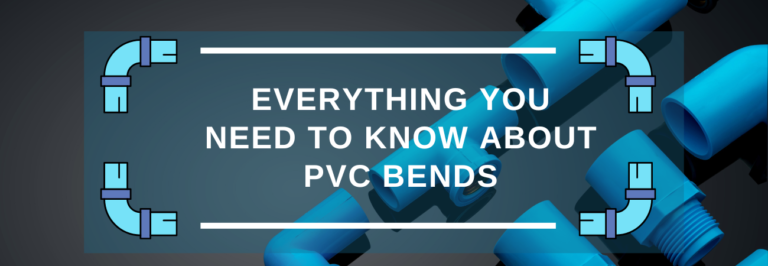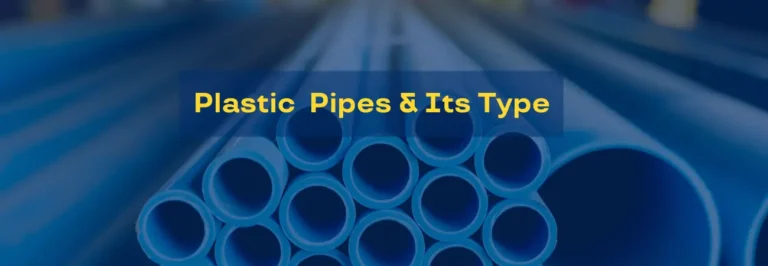Everything You Need to Know About PVC Bends
Introduction PVC bends are crucial elements in modern plumbing and piping systems, providing adaptable solutions for directing fluid flow. These fittings facilitate smooth directional changes and maintain system efficiency. This guide explores the diverse applications of PVC bends, their advantages, and detailed installation techniques, ensuring you can effectively utilize these essential components. What is a…




